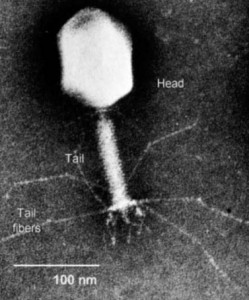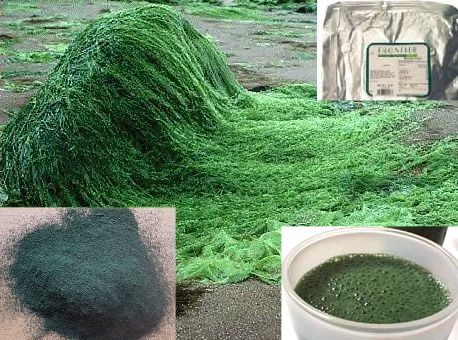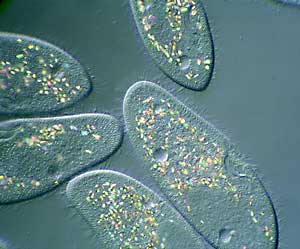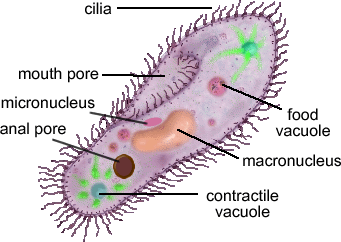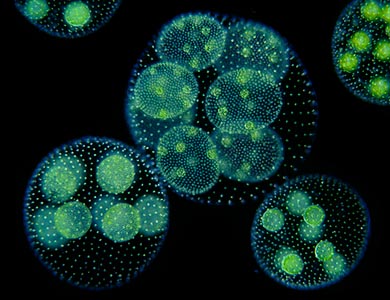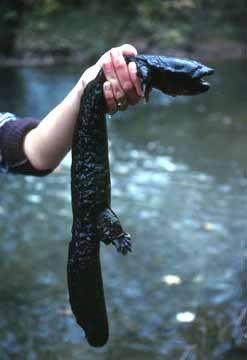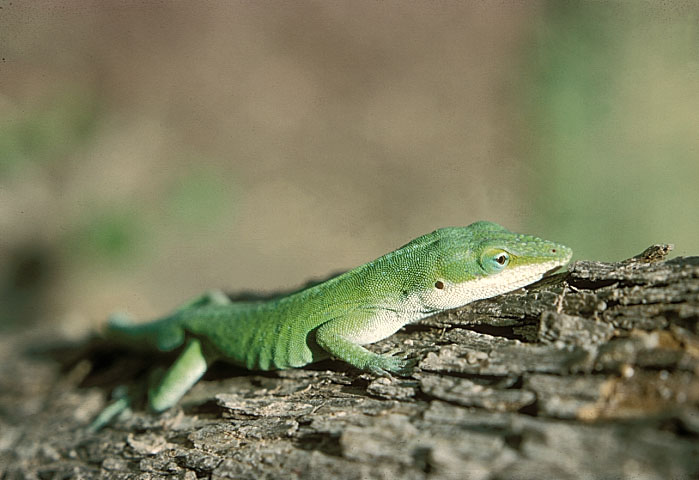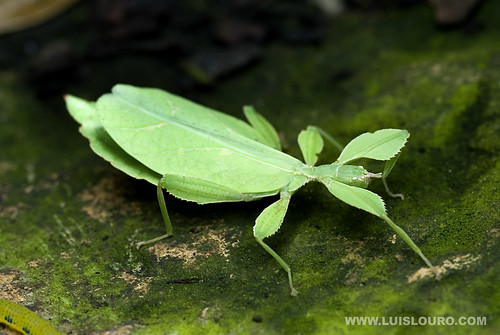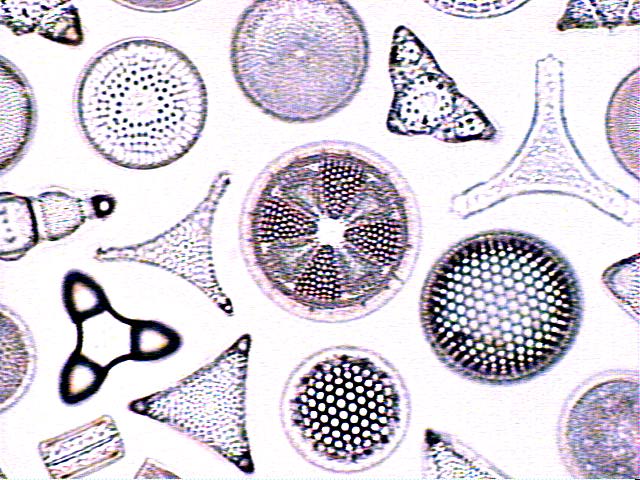
Crap. This blog has been usurped by modern art. Show's over, guys. Real life's not that interesting after all.
What? It hasn't?! You've gotta be kidding us...those things can't really be alive, can they?

Ooh yes. Yes, those colorful geometric shapes are very much alive. They are called diatoms, and they have been around since the Jurassic at least. They are eukaryotes (i.e. not bacteria, period) and are collectively called heterokonts, along with kelp and golden algae. Yes, they really do look that trippy under the microscope.
Diatoms are key players in aquatic food chains everywhere. Many of them are photosynthetic, meaning that, like plants, they make their food by photosynthesis. Diatoms make up a large portion of phytoplankton, one of the single most important biological food groups. People are trying to figure out what impact, if any, we are having on the awesome living glass sculptures.

Yes, we did say living glass sculptures. Diatoms come in a silicate shell - the same sort of thing glass is made of. The exact shell varies with the type of diatom, but they all look like they could (and should) have been made by Murano. They stay crunchy, even in salt water. Why are diatoms not a breakfast cereal, again?
Diatoms are, of course, popular subjects for bio-art. Just look at them. They look like art already. Diatoms are not only used as subjects for paintings and drawings, but also as a medium themselves! The little eagle below probably took hours to get right.

We hope that you enjoyed Microbe Week! Next theme week will be Mythbusters. Just how real are those things that go bump in the night?!





